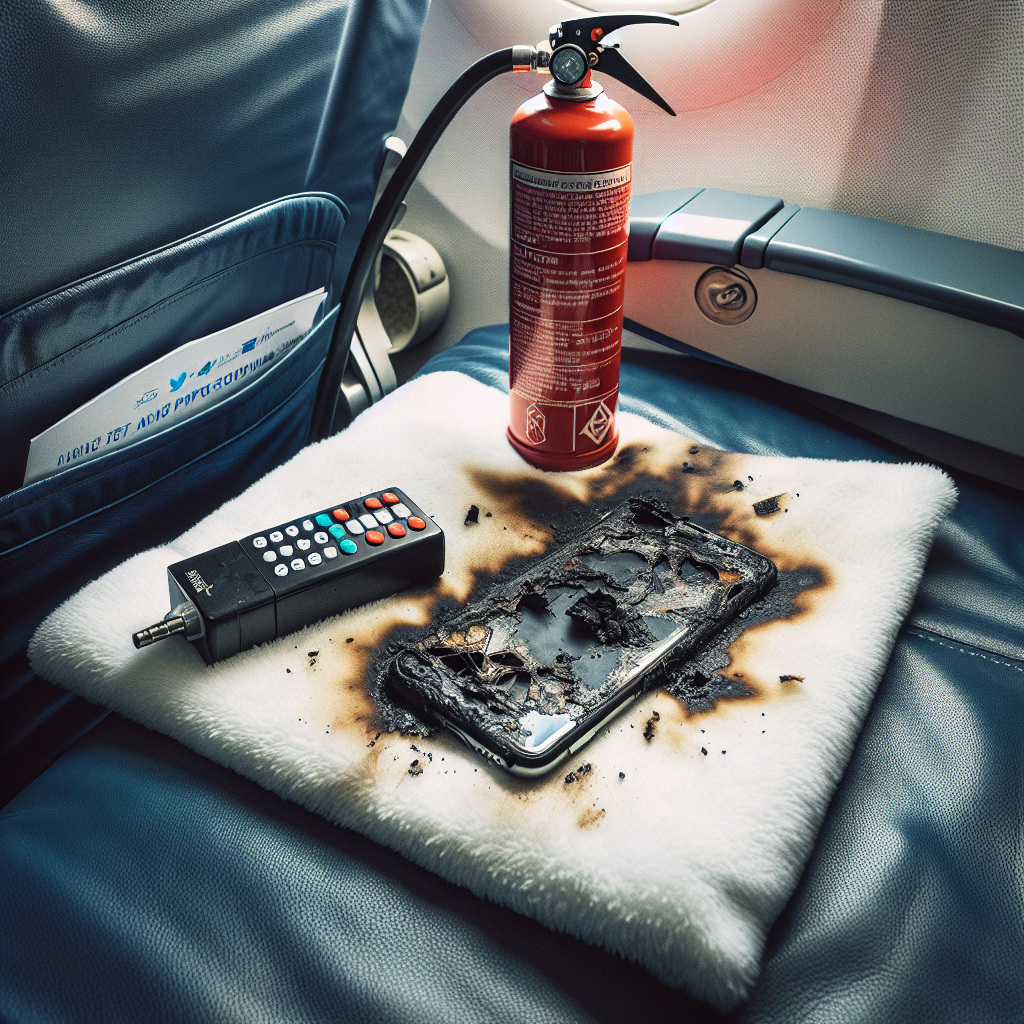
Turmoil in the Sky: A Close Call Above the Clouds
Share
On the brisk morning of March 17, 2016, passengers aboard Alaska Airlines flight 807 were jolted from their in-flight tranquility when an urgent commotion broke out. A traveler's cell phone, stowed away for the journey, unexpectedly burst into flames, sending waves of panic across the cabin. Initial rumors suggested it was an e-cigarette mishap; however, the true culprit—a common personal electronic device—quickly became evident.
Swift action by a quick-thinking flight attendant prevented what could have been a severe disaster in the sky. Amidst the high-altitude tension, the steward, armed with a rudimentary extinguisher, battled the flames. Onlookers held their breath as smoke filled the cabin. Yet, within moments that stretched like hours, the attendant emerged victorious; the fire subdued, the potential crisis averted, and the passengers let out their long-held sighs of relief.
This incident has been a stark reminder of the inherent dangers that technology poses, especially in the confined and vulnerable environment of an aircraft. The outcome, while fortunate, underlines an urgent need for preparedness against such unforeseeable calamities. Investigations that followed brought to light the importance of rapid response tools and the crucial role they play in the safety of air travel.
In the wake of this harrowing episode, a new life-saving invention, the FireTowel, has surfaced with promises of enhanced in-flight fire safety. Ingeniously designed to be more effective than traditional fire blankets, this advanced deterrent is equipped with perimeter weights to seal in smoke and prevent the spread of fire, as well as handles for adept maneuvering and securing after use. With an ease of access in mind, these towels could be stored beneath seats, ready to encase any device at the first sign of peril.

While the airborne ordeal of AS flight 807 did not witness the FireTowel in action, its credentials suggest it could be an invaluable asset in averting similar dangers. Emphasizing the lessons learned from that fateful day, it's imperative that we not only acknowledge but embrace such innovations. By adopting these protective measures, we soar closer to a future where safety is not left to chance, but secured through foresight and
